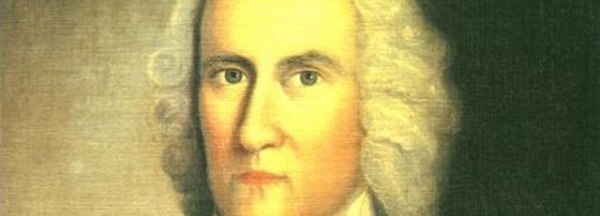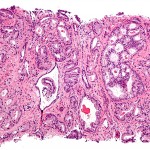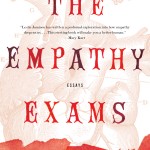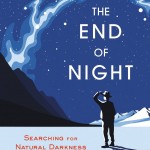Lance Hosey’s opinion piece from last week’s New York Times carries the promising headline “Why We Love Beautiful Things,” but the article fails to fulfill the title’s promise. Hosey considers a number of aesthetically pleasing objects and explains them all in purely naturalistic terms. On his account, the color green arouses creativity and motivation because it hearkens back a fertile oasis that meant sustained life for our Saharan ancestors; the Golden Rectangle is beautiful because it is the shape most quickly scanned by the human eye; and natural fractals appeal to us because they recall the trees of the prehistoric African savanna. Yet while such just-so stories might be fascinating, they are far from logically satisfying.
The truth is that this article and its audacious headline do not even remotely approach an explanation for why we find beauty attractive. Yes, the color green’s powers are fascinating, but surely one would not want to imply that reds, blues, and whites, among all the other possible colors, are all somehow necessarily less beautiful, or indeed, incapable of conveying beauty, just because they don’t evoke a fertile oasis. The polychromatic paroxysm of autumn strikes many as incomparably more beautiful than the relatively monochromatic green of nature in the summer. And the cover of the current issue of Fare Forward displays a wintry nature scene where the whites of ice and snow predominate – surely no place burgeoning with vegetation for human nourishment, yet beautiful nonetheless. At the risk of belaboring the point, since Hosey makes so much of our species’ prehistoric African heritage, it must be noted that the terrifying beauty of a lion or a cheetah surely did not strike our Saharan ancestors with anything but fear, but the beauty of those creatures can’t be denied. Complex and intricate indeed must be the mind that identifies as beautiful both the placid hues of a summer sunset that promise favorable weather and also the disturbing intricacy of the deadly lightning flash that warns of impending destruction. Yet such a mind we have.
It seems, therefore, that the elusive power of beauty defies purely naturalistic explanation. Indeed, Hosey’s naturalistic methodology rules out such an exhaustive treatment of beauty. Beauty is an intrinsic, not merely an instrumental good. Objects may certainly be both beautiful and instrumentally useful, but to conflate the two entirely is to reduce beauty to a mere shade of its true self. Why, then, do we find objects beautiful for their own sakes, quite apart from any evolutionary advantage they might signal?
The famous Puritan preacher Jonathan Edwards offers a superior explanation for the beauty of creation. Himself a budding and talented scientist before he turned his energies to philosophy and theology, Edwards was a keen observer of nature. In nature’s ubiquitous beauty he saw the shadow of the divine beauty, and he considered carefully those beauties whose explanation most eluded him. In an essay from his youth entitled Beauty of the World, Edwards notes:
There are beauties that are more palpable and explicable, and there are hidden and secret beauties…The latter sort are those beauties that delight us and we can’t tell why. Thus we find ourselves pleased in beholding the color of the violets, but we know not what secret regularity or harmony it is that creates that pleasure in our minds. These hidden beauties are commonly by far the greatest, because the more complex a beauty is, the more hidden it is. In this latter sort consists principally the beauty of the world…
On Edwards’ account, the findings of modern science in its studies of aesthetic appeal might be useful in hinting at the “secret regularity or harmony” that we enjoy in beholding the beauty of creation, but we ought not consider those studies to be telling the whole story about the power and the wonder of beauty. After all, one might inquire of a naturalist what peculiarity it is that makes humans alone the only known species that rejoices in beauty for its own sake. Rare indeed is the spectacle of an ape or a dolphin – those most intelligent of non-human animals – transfixed by the beauty of a sunset or mesmerized by the face of the beloved. But few humans are strangers to such experiences, as Edwards would not be surprised to find. In the Christian understanding, humanity was made for the contemplation and enjoyment of God, and since the beauty of creation is the shadow of the radiance of the divine beauty, it is no mystery that we are attracted to it as to the echo of a lover’s voice. In the beauty of creation, our Creator is speaking to us, and that is why we love beautiful things.













